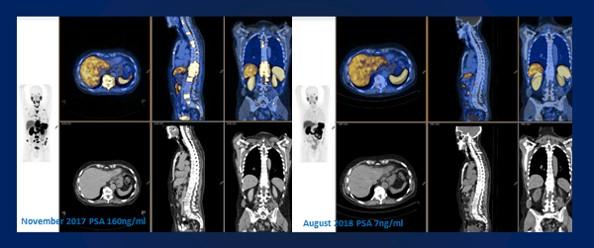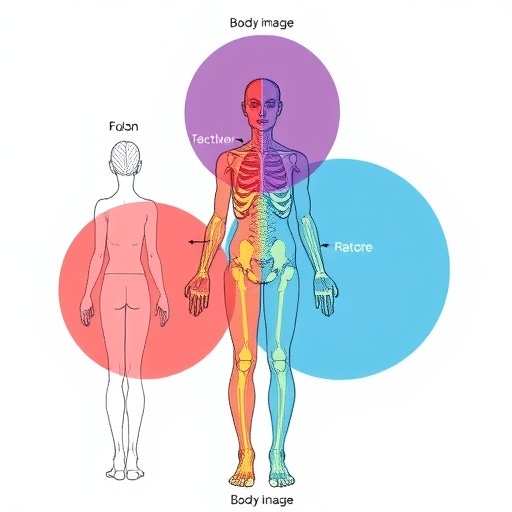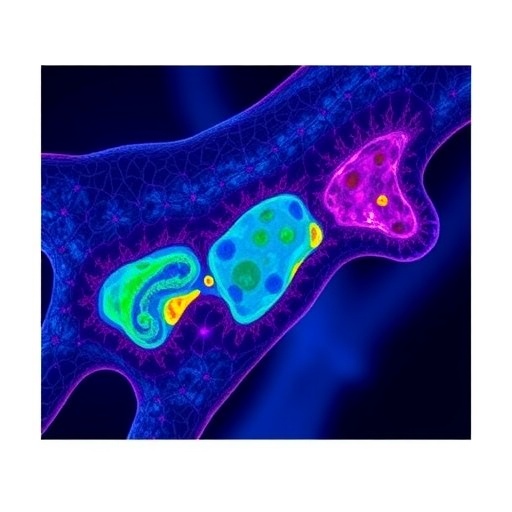Targeted treatment offers potential options for men with progressive disease

Credit: Credit: Emmett L, Crumbaker M, Nguyen A, et al.
ANAHEIM, CA (Embargoed until 9 a.m. PDT, Tuesday, June 25, 2019) – A novel therapy using two targeted treatments for prostate cancer has been shown to maximize efficacy while reducing side effects according to research presented at the Society of Nuclear Medicine and Molecular Imaging (SNMMI) 2019 Annual Meeting.
Prostate cancer is the most commonly diagnosed cancer among men in the United States, other than skin cancer. According to the American Cancer Society, approximately 175,000 new cases of prostate cancer are diagnosed and more than 31,500 men die from the disease annually in the United States.
Although there have been great treatment advances, metastatic castrate resistant prostate cancer (mCRPC) remains a deadly disease. Trials with the targeted radionuclide therapy 177Lu PSMA 617 have proven safe and effective in some men; however, not all respond to treatment, and responses may be limited in duration. To build upon these trials, researchers paired 177Lu PSMA 617 with the tumor-specific radiation sensitizer idronoxil (NOX66) to assess responses in patients with heavily treated mCRPC.
The phase I/II trial enrolled 16 men with progressing mCRPC, despite previous treatments. All men received up to six doses of 177Lu PSMA 617 at six-week intervals. Half the patients (cohort 1) received additional treatment of 400mg NOX66 daily for ten days. Following a safety data review, the remaining patients (cohort 2) received additional treatment of 800mg NOX66 daily.
Researchers found that nearly 70 percent of all patients saw a more than 50 percent reduction in their PSA levels (62.5 percent in cohort 1 and 75 percent in cohort 2) after the combination treatment. Furthermore, adverse side effects, such as fatigue and pneumonitis, were reported in 31 percent of all patients (37.5 percent in cohort 1 and 12.5 percent in cohort 2).
“The initial results of this phase I dose escalation study show that the combination targeted treatments were well tolerated together, with no increase in toxicity from 177Lu PSMA 617, and an apparent high efficacy in men who have already had extensive treatments,” said Louise Emmett, MD, associate professor at the University of New South Wales in Sydney, Australia.
She continued, “We are now in a dose expansion phase II stage to further evaluate toxicity and efficacy. This raises the very important possibilities of combining tumor-targeted therapeutic agents to gain synergistic treatment effects without an increase in side effects.”
Abstract 465. “Interim Results of a Phase I/II Prospective Dose Escalation Trial Evaluating Safety and Efficacy of Combination 177Lu PSMA 617 and NOX66 in Men with mCRPC Post Androgen Signalling Inhibition and 2 Lines of Taxane Chemotherapy (LuPIN Trial),” Louise Emmett, MD, Megan Crumbaker, MBChb, Andrew Nygen, Bao Ho, MBChB, Charlotte Yin, MBChB, Noah Isheish MBBS, Shikha Sharma, and Anthony M. Joshua, PhD, 390 Victoria St., St. Vincent’s Hospital, Sydney, Australia; Arun Azad, PhD, Oncology, Monash University, Melbourne, Australia; and John Violet, John Violet, Radiation Oncology, Peter MacCallum Cancer Centre, Melbourne, Australia. SNMMI’s 66TH Annual Meeting, June 22-25, 2019, Anaheim, CA.
###
To schedule an interview with the researchers, please contact David Harrison at (410) 804-1728 or [email protected]. All 2019 SNMMI Annual Meeting abstracts can be found online at http://jnm.
About the Society of Nuclear Medicine and Molecular Imaging
The Society of Nuclear Medicine and Molecular Imaging (SNMMI) is an international scientific and medical organization dedicated to advancing nuclear medicine and molecular imaging, vital elements of precision medicine that allow diagnosis and treatment to be tailored to individual patients in order to achieve the best possible outcomes.
SNMMI’s more than 16,000 members set the standard for molecular imaging and nuclear medicine practice by creating guidelines, sharing information through journals and meetings and leading advocacy on key issues that affect molecular imaging and therapy research and practice. For more information, visit http://www.
Media Contact
David Harrison
[email protected]




